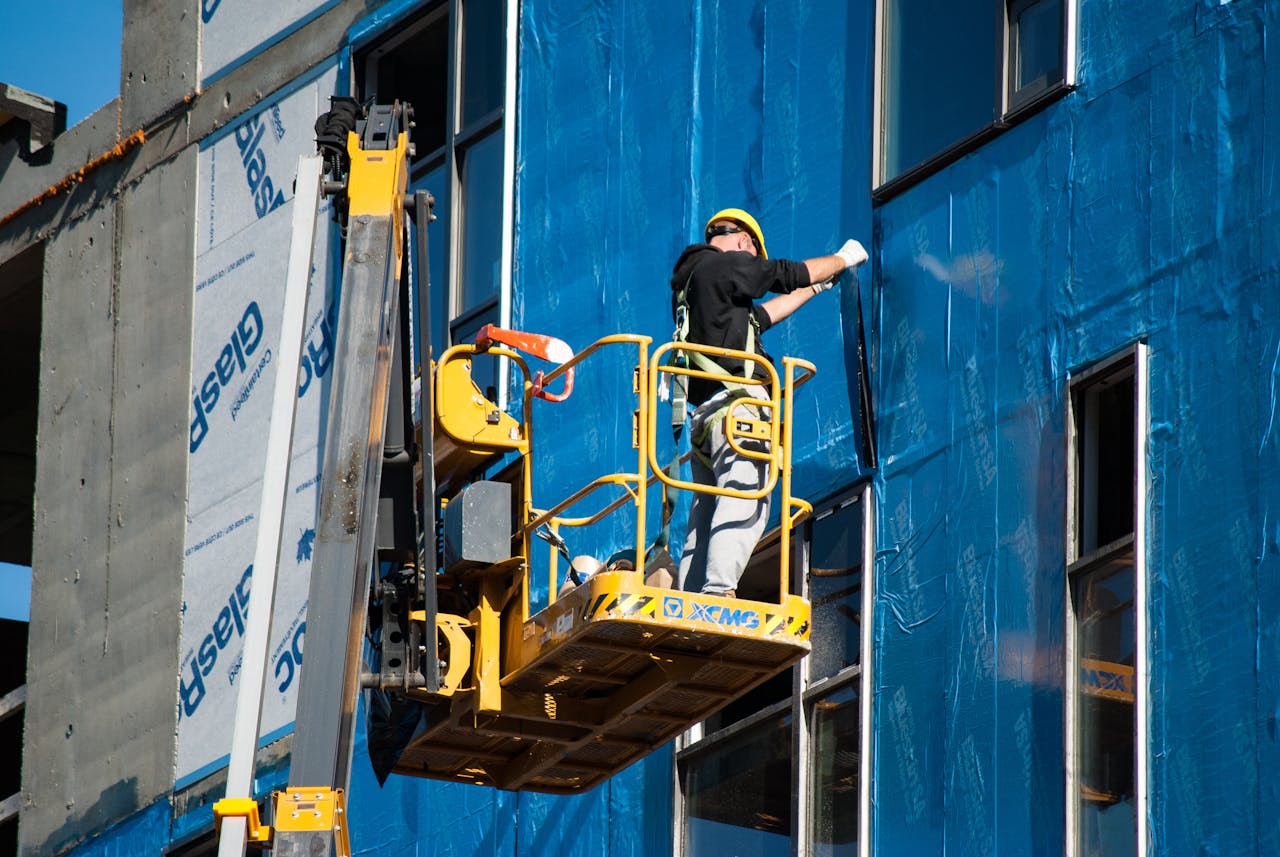Building Envelope or Heat Pump First?

There are two schools of thought for the best order to complete energy upgrades.
The first school argues “fabric first”— that is, improve the building envelope by adding insulation and improving air sealing before installing a heat pump.
The alternative is to prioritize installing a heat pump as a climate solution to immediately cut carbon emissions.
“Fabric First” - Prioritizing Building Envelope
Improving insulation and air sealing can be a large investment in the home. It will result in lower energy bills with improved comfort and resilience.
The downside is the higher price tag.
The upgrade can make a significant difference in the amount of heating and cooling required to keep a house comfortable.
A full-house project to improve the building envelope is commonly called a “deep energy retrofit”.
Heat Pump First
Skipping ahead to a heat pump has its own benefits and drawbacks. It’s cheaper than a deep energy retrofit and in areas with a clean electricity grid (like Ontario and Quebec), switching from a gas furnace to a heat pump can reduce carbon emissions by 70-90%.
A proper heat load calculation should be completed based on real consumption data for the house to ensure the right size pump is installed.
Installing a heat pump without building envelope upgrades is a great solution for many homes. The exception are homes with extremely high heating requirements— these homes might be best served with a hybrid solution that includes both a heat pump with a combustion furnace for backup heating.
The Order of Operations
When considering upgrades to your home, it's essential to address them in the correct order to maximize their impact. Before installing a heat pump, it's advisable to first assess and improve insulation and air sealing. These upgrades can have a substantial effect on the home's energy performance, which in turn impacts the sizing and operation of your HVAC system.
Heat pump sizing should take into account future projects like insulation and air sealing upgrades. Improvements in insulation and air sealing can lead to reduced heat loss, improved energy efficiency, and a more comfortable indoor environment. By ensuring that your home is properly insulated and sealed, you can avoid the risk of installing an oversized or undersized heat pump, which can impact both performance and energy costs.
Conclusion
Consider the impact of insulation and air sealing on the efficiency and effectiveness of their HVAC system. By addressing these upgrades in the correct order and ensuring that your home is properly insulated and sealed, you can optimize the performance of your heat pump, reduce energy costs, and enhance overall comfort in your living space.
Remember, a well-insulated and tightly sealed home not only benefits your heat pump but also contributes to a more sustainable and comfortable living environment for you and your family.
If you're considering a heat pump installation, be sure to assess your home's insulation and air sealing needs to ensure a successful and efficient upgrade. Consult with a professional HVAC contractor for expert advice and to determine the best approach for your specific home.